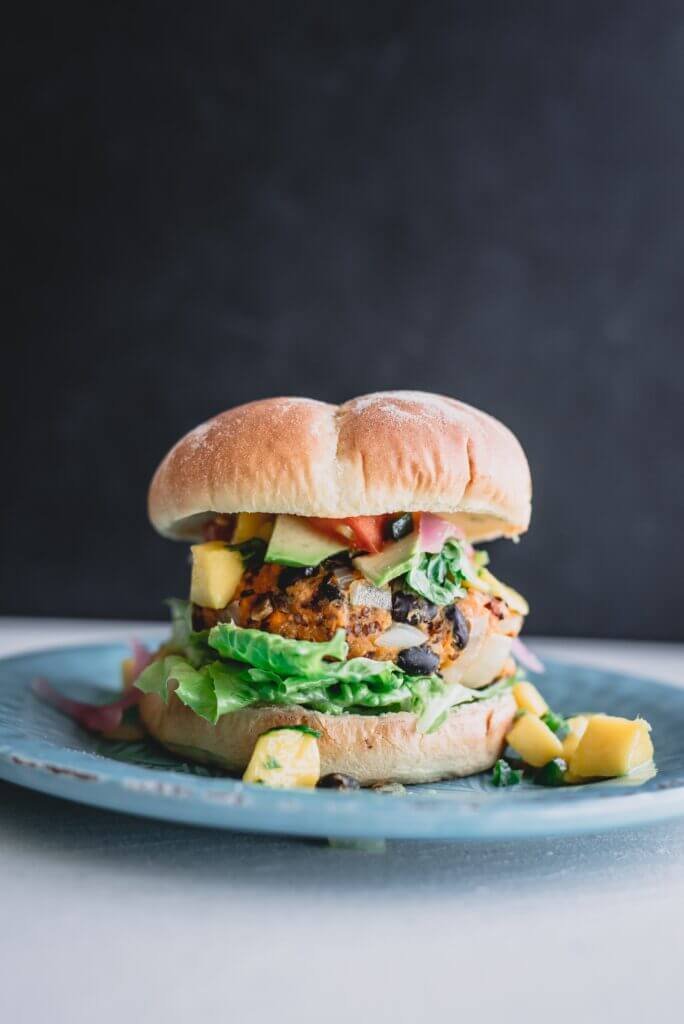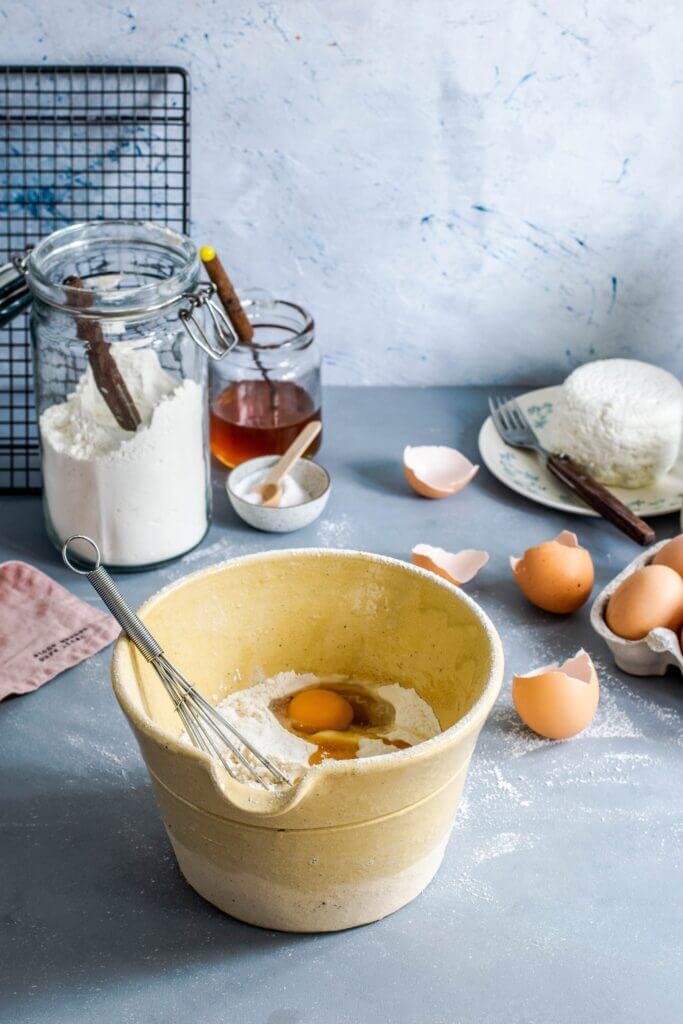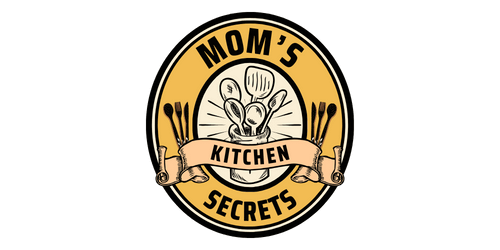Craving a cozy and satisfying meal all to yourself? Look no further! In this article, discover the secrets to crafting a delectable and heartwarming single-serving comfort food dish. From creamy mac and cheese to savory chicken pot pie, we’ve got you covered with simple yet indulgent recipes that will leave you feeling warm and content. Say goodbye to leftovers and hello to a blissful night of culinary delight!
Choosing the Recipe
When it comes to making a single-serving comfort food dish, the first step is to consider your cravings. Think about the type of dish that would bring you the most comfort and satisfaction. Whether it’s mac and cheese, shepherd’s pie, chicken pot pie, lasagna, or a rich chocolate lava cake, the choice is yours. Select a dish that not only appeals to your taste buds but also brings back fond memories or makes you feel cozy.
In addition to considering your cravings, it’s essential to choose a recipe with simple ingredients. Look for dishes that don’t require a long list of exotic or hard-to-find ingredients. Opt for recipes that use pantry staples that you’re likely to already have on hand, such as flour, sugar, salt, butter, and eggs. This way, you won’t need to make a special trip to the grocery store for just one dish.
Another important aspect to consider when choosing a recipe is its scalability. Select a recipe that can be easily scaled down to a single serving. Many recipes are designed to serve a larger crowd, so it’s important to adjust the quantities accordingly. Look for recipes that provide clear instructions on how to adjust the ingredient quantities to ensure you don’t end up with more food than you need.
Adapting the Recipe
Once you have chosen a recipe, it’s time to adapt it to suit your single-serving needs. The first step in adapting a recipe is to adjust the ingredient quantities. Most recipes have quantities specified for a certain number of servings, so it’s crucial to scale them down accordingly. Use simple math to divide the ingredient quantities by the original serving size to determine the amount you need for a single serving. For example, if a recipe serves four and calls for 1 cup of flour, you would use 1/4 cup for a single serving.
In addition to adjusting the ingredient quantities, you may also need to convert cooking times and temperatures. Since you’ll be preparing a smaller portion, it’s important to keep an eye on the cooking times and adjust accordingly. Reduce the cooking time or temperature slightly to ensure that your dish doesn’t overcook or burn. Keep in mind that these adjustments may vary depending on the type of dish you’re making, so it’s always a good idea to check for doneness during cooking.
Modifying the preparation steps is another aspect of adapting a recipe for single servings. Some preparation steps may involve dividing a dish into individual portions or using smaller cookware. For example, if you’re making a lasagna, you may need to assemble individual lasagna rolls instead of a large dish. Make sure to carefully read through the recipe instructions and make any necessary modifications to accommodate your single-serving needs.

Ingredient Substitutions
In some cases, you may come across a recipe that includes ingredients you don’t have or don’t prefer. In such situations, it’s helpful to know how to replace those ingredients with suitable alternatives. For example, if a recipe calls for buttermilk but you don’t have any on hand, you can easily make your own by mixing regular milk with lemon juice or vinegar. Similarly, if a recipe calls for a specific type of cheese that you don’t like, you can substitute it with another type of cheese that you enjoy.
When substituting ingredients, it’s important to consider their flavor profiles and textures. Choose substitutes that have similar flavors and textures to maintain the integrity of the dish. Keep in mind that the substitution may slightly alter the taste or texture of the final result, but it can still be equally delicious.
Additionally, when making ingredient substitutions, you may also need to adjust the quantities to ensure that the flavors are balanced and the dish turns out well. For example, if you’re using a strong-flavored cheese as a substitute, you may need to use a slightly smaller quantity to avoid overpowering the other ingredients. Experimentation is key when it comes to ingredient substitutions, so don’t be afraid to try out different options and see what works best for you.
Managing Leftover Ingredients
When cooking single-serving dishes, it’s inevitable that you may end up with leftover ingredients. To avoid wasting food, it’s important to plan ahead for possible leftover ingredients and find creative uses for them. For example, if you have leftover vegetables from making a shepherd’s pie, you can use them to make a simple stir-fry or add them to a soup. By thinking ahead and finding ways to incorporate leftovers into future meals, you can reduce food waste and maximize your ingredients’ potential.
Another way to manage leftover ingredients is to optimize their quantities in the first place. If a recipe calls for a specific amount of an ingredient, such as half a can of tomato sauce, try to plan another meal that can utilize the remaining half. This way, you won’t be left with random small portions of ingredients that may go to waste. By being mindful of ingredient quantities and planning your meals accordingly, you can minimize the amount of leftovers you have to deal with.

Equipment and Tools
Choosing the right equipment and tools is essential when cooking single-serving dishes. One aspect to consider is the appropriate cookware size. Using smaller cookware allows for better heat distribution and ensures that your dish cooks evenly. For example, if you’re making a single serving of lasagna, opt for a smaller baking dish or even a ramekin for individual portions. This allows the dish to cook thoroughly without the risk of burning or drying out.
Using smaller utensils for precise measurements is also important when cooking single-serving dishes. Measuring cups and spoons specifically designed for small quantities can ensure accuracy and prevent excess waste. These utensils often have measurements marked for single servings, making it easier to scale down recipes without any guesswork.
Investing in single-serving kitchen tools can further enhance your cooking experience. Single-serving blenders, mini food processors, or even individual-sized baking pans can make it easier to create perfectly portioned meals. These tools not only save you time and effort but also make your cooking process more efficient and enjoyable.
Serving and Presentation
When it comes to single-serving dishes, presentation plays a crucial role in making your meal feel special. Creating an attractive presentation for a single serving involves some simple yet effective techniques. Pay attention to the placement of your food on the plate, utilizing the principles of balance and symmetry. Arrange the different components of your dish in an appealing way, making it visually appealing and appetizing.
Garnishing and decorating your dish can take its presentation to the next level. Fresh herbs, a sprinkle of grated cheese, a drizzle of sauce, or a dusting of spices can add that extra touch of sophistication and flavor. Get creative with your choice of garnishes, keeping in mind the flavors and colors that complement your dish. Not only does it make your single-serving dish look more appealing, but it also enhances the overall taste and experience.
Choosing to serve your single-serving dish in individual-sized dishes or ramekins adds an additional level of charm and elegance. Not only does it make your meal feel more personal and special, but it also helps with portion control. Individual servings also allow for easy presentation and serving, giving you the opportunity to truly savor and enjoy your comforting meal.

Freezing Single-Serving Portions
Freezing single-serving portions is a great way to have convenient and delicious meals on hand whenever you need them. However, not all dishes are suitable for freezing, so it’s important to determine which ones can withstand the freezing and thawing process. Generally, dishes with sauces, stews, soups, or casseroles tend to freeze well. On the other hand, dishes with delicate textures or crispy components may not be as suitable for freezing.
When freezing single-serving portions, it’s crucial to use suitable freezer containers or bags to maintain the quality of the food. Opt for containers that are freezer-safe and can withstand low temperatures without freezer burn. Alternatively, you can use freezer bags specifically designed for storing food. Remember to remove any excess air from the bags or containers before sealing to prevent freezer burn.
Labeling and dating your frozen dishes is essential for easy identification and ensuring freshness. Clearly label each container or bag with the name of the dish, the date it was frozen, and any reheating instructions. This makes it easier for you to choose the desired meal and ensures that you consume the frozen dishes within a reasonable time frame.
Making Ahead and Storing
Preparing components of your single-serving dishes ahead of time can be a time-saving strategy, especially on busy days. For example, you can pre-cook meat, chop vegetables, or prepare sauces in advance. This allows you to have the necessary components ready to go when you’re ready to cook and assemble your dish.
Storing leftovers properly is also crucial for later enjoyment. When you have leftover single-serving dishes, ensure that they are stored in airtight containers to maintain freshness and prevent spoilage. Place them in the refrigerator as soon as possible to keep them at a safe temperature. It’s important to consume the leftovers within a few days to ensure they remain safe to eat.
Reheating single-serving dishes effectively is key to maintaining their flavors and textures. Follow the reheating instructions given in the recipe, or use your knowledge of safe reheating practices. In general, it’s best to reheat dishes in the oven or microwave until they are heated through. Stirring occasionally during reheating can help distribute the heat evenly and prevent any cold spots.
Recipe Ideas for Single Servings
When it comes to single-serving comfort food dishes, there are countless options to choose from. Here are a few recipe ideas to get you started:
1. Mac and Cheese
A classic comfort food dish, Mac and Cheese can easily be adapted to a single serving. Cook a small portion of pasta, prepare a creamy cheese sauce, and bake it in the oven with a breadcrumb topping for a delicious and comforting meal.
2. Shepherd’s Pie
Shepherd’s Pie is a hearty and satisfying dish that can be made in single servings. Layer cooked ground meat, vegetables, and mashed potatoes in a ramekin or individual dish, then bake until golden and bubbly. It’s the perfect dish to warm your soul.
3. Chicken Pot Pie
Individual-sized chicken pot pies are a comforting meal in themselves. Fill a small ramekin with cooked chicken, vegetables, and a creamy sauce, top it with a flaky pastry crust, and bake until golden brown. Enjoy the creamy filling and buttery crust in every bite.
4. Lasagna
Lasagna may seem like a dish that’s meant for a crowd, but it can be easily adapted to a single serving. Roll up individual lasagna noodles with layers of meat sauce, cheese, and vegetables, then bake them in a small baking dish or ramekin. It’s a perfect way to enjoy the flavors of lasagna in a personalized portion.
5. Chocolate Lava Cake
Indulge in a rich and decadent chocolate lava cake that’s meant just for you. These single-serving desserts are baked until the edges are set, but the center remains irresistibly molten. Serve it with a scoop of vanilla ice cream for the ultimate comfort dessert.
Cooking Tips and Tricks
When it comes to cooking single-serving dishes, here are some tips and tricks to keep in mind:
1. Use smaller cookware for better heat distribution.
Smaller cookware allows for better heat distribution, ensuring that your dish cooks evenly. Utilize smaller baking dishes, ramekins, or pans to create perfectly portioned meals.
2. Keep an eye on cooking times.
Since you’ll be preparing smaller portions, the cooking times may vary. Keep a close eye on your dish to ensure it doesn’t overcook or burn. Use your senses and check for doneness to achieve the perfect result.
3. Experiment with seasonings and spices.
When you’re cooking single-serving dishes, it’s a perfect opportunity to experiment with different seasonings and spices. Add a pinch of this or a dash of that to customize the flavors to your liking. Don’t be afraid to get creative and try new combinations.
By following these tips and tricks, adapting recipes, and embracing the joy of cooking for yourself, you can create delicious and comforting single-serving dishes that cater to your cravings and provide a sense of warmth and satisfaction. So go ahead and explore the world of single-serving comfort food, knowing that you have the power to create culinary delights that bring you joy and comfort. Happy cooking!


